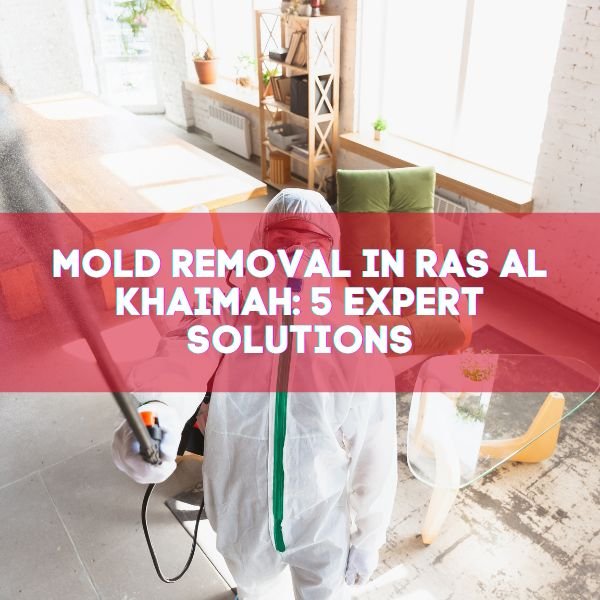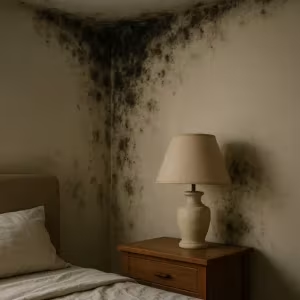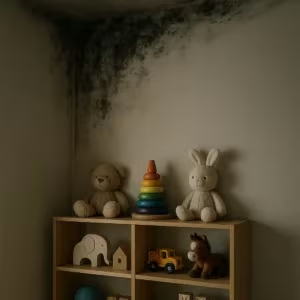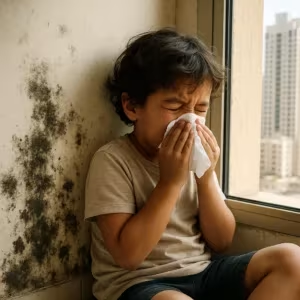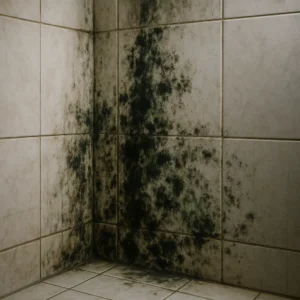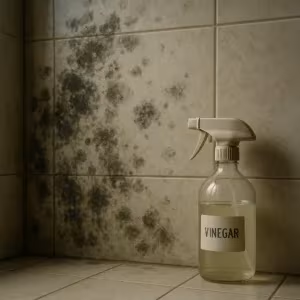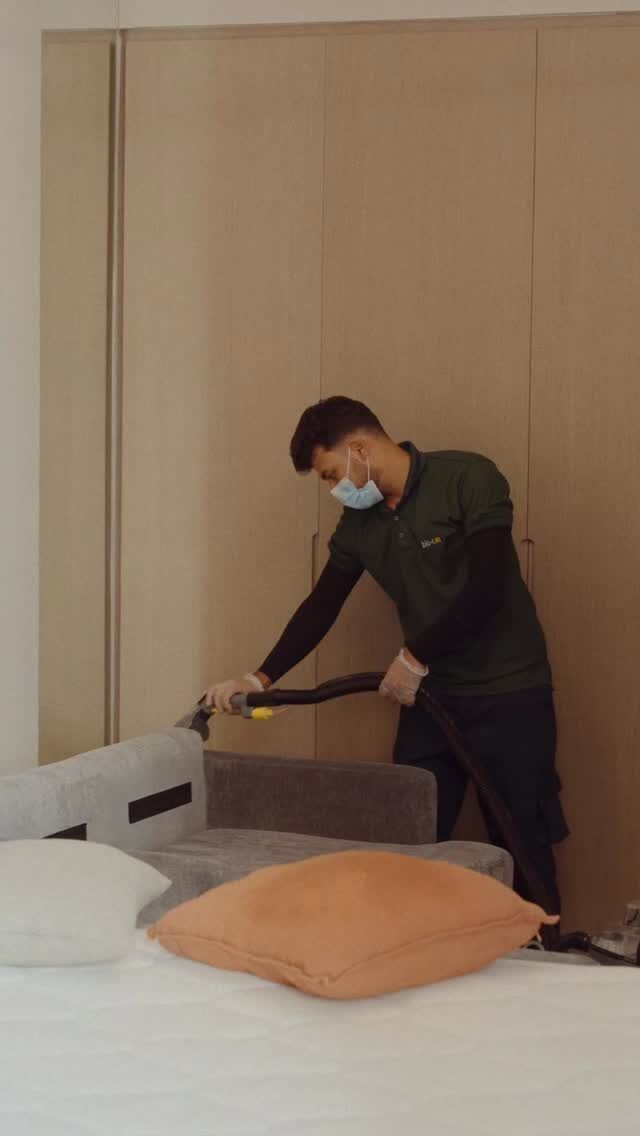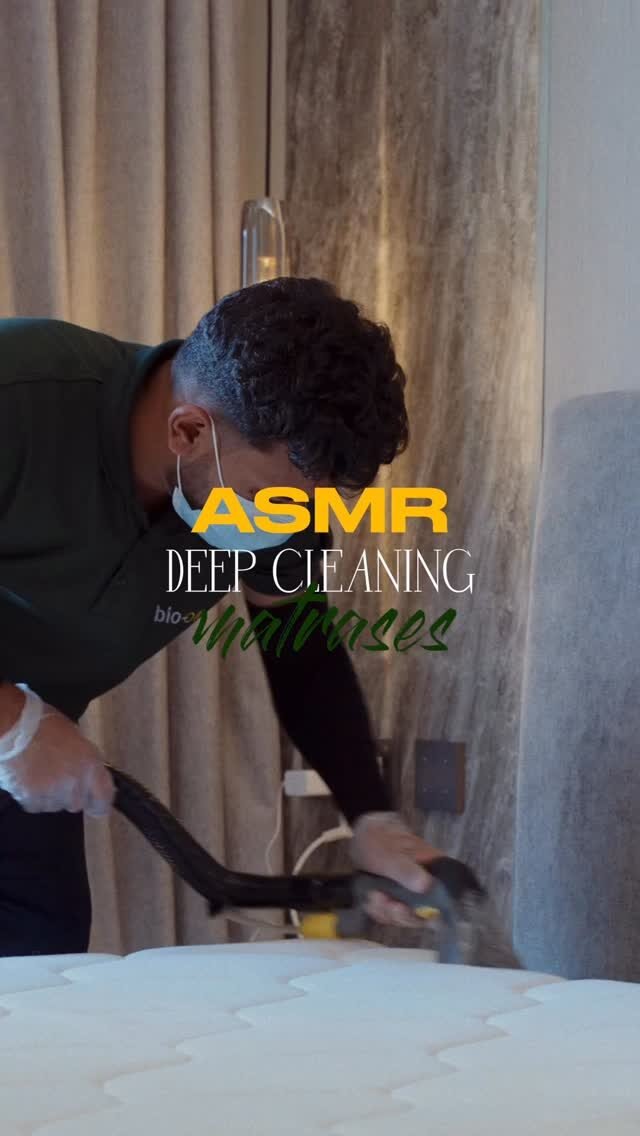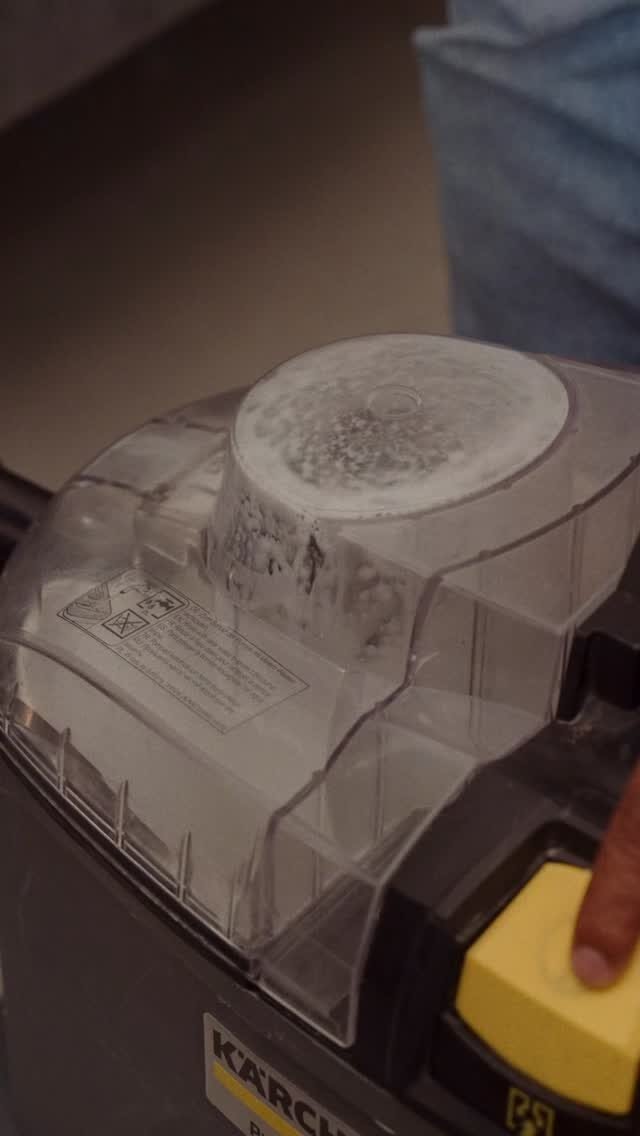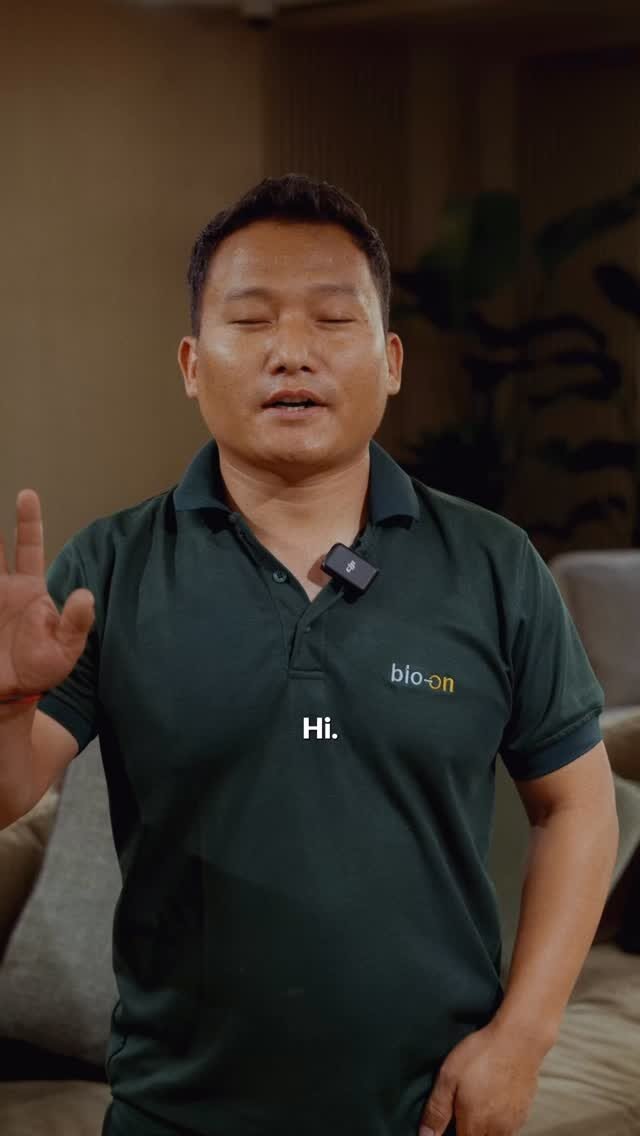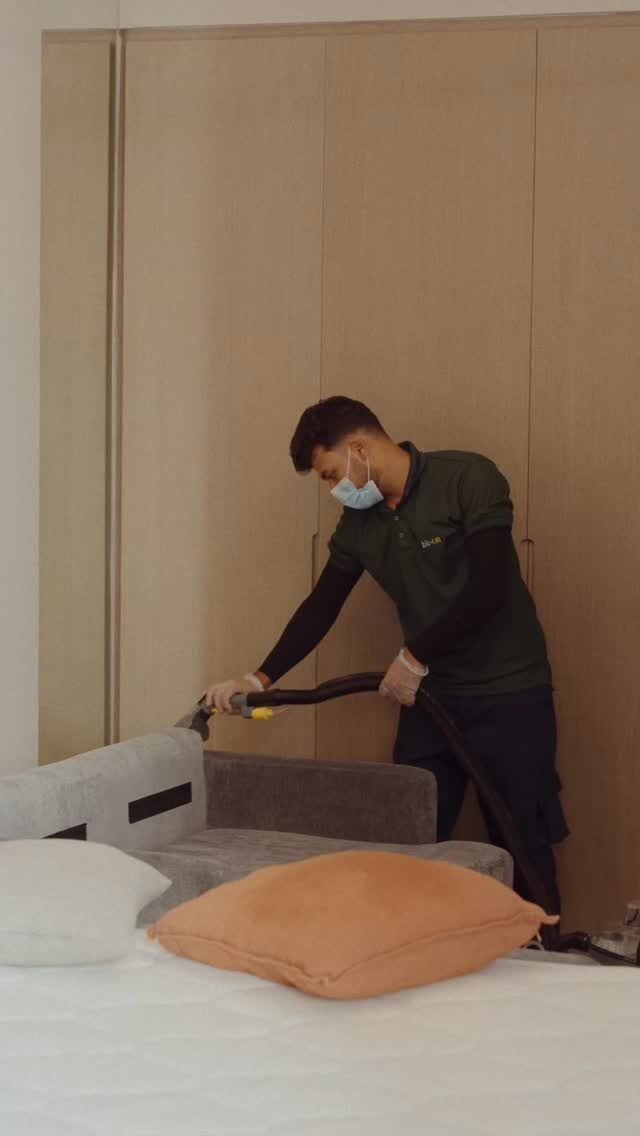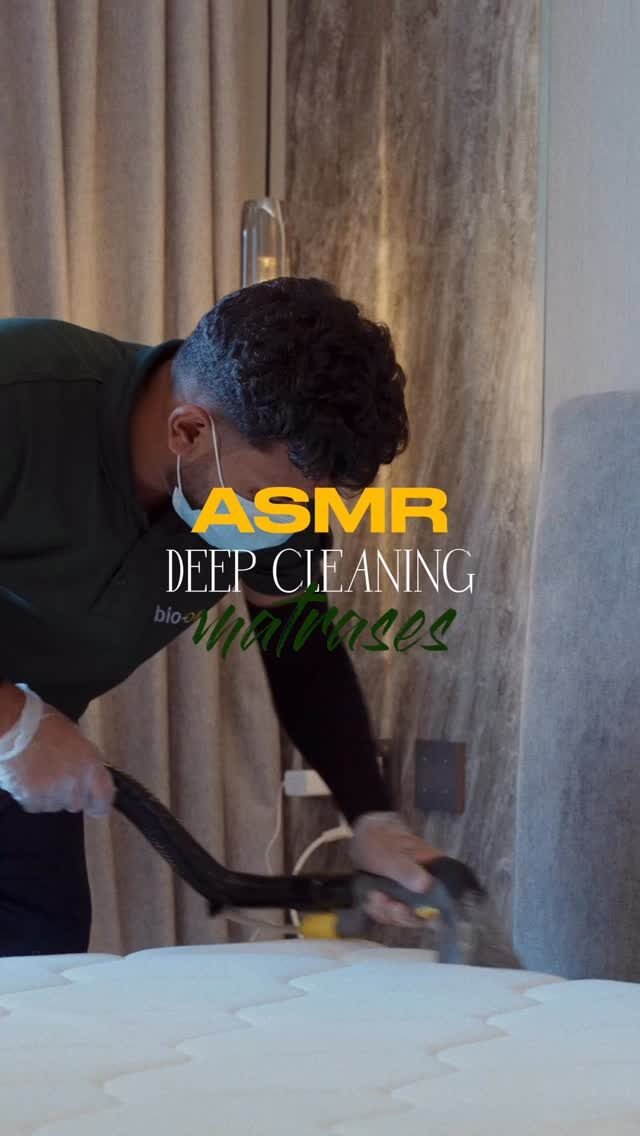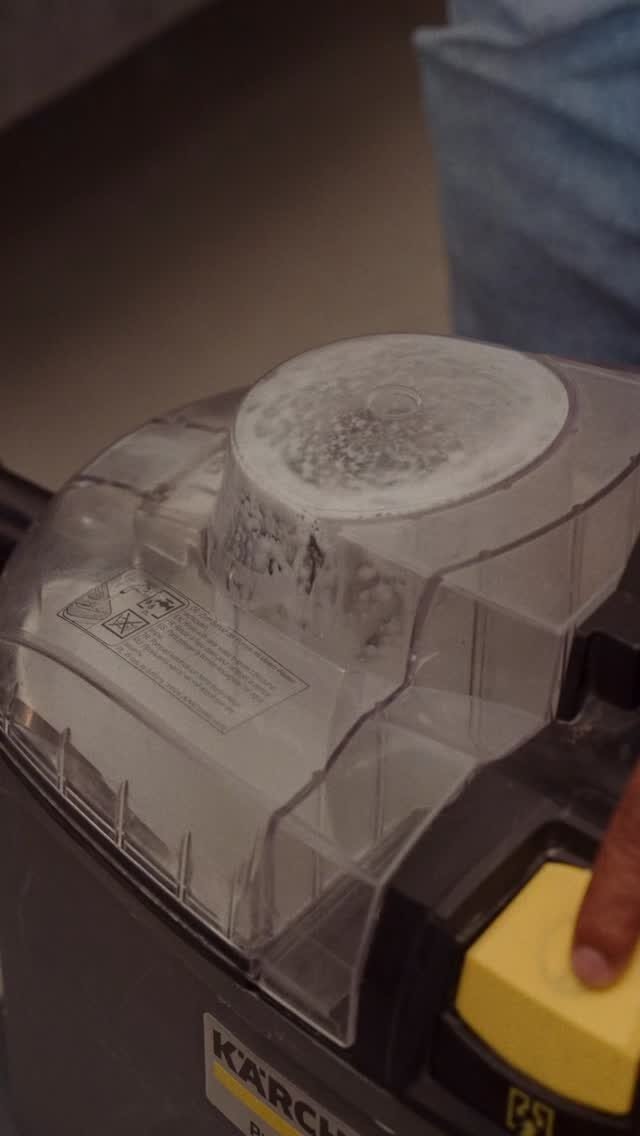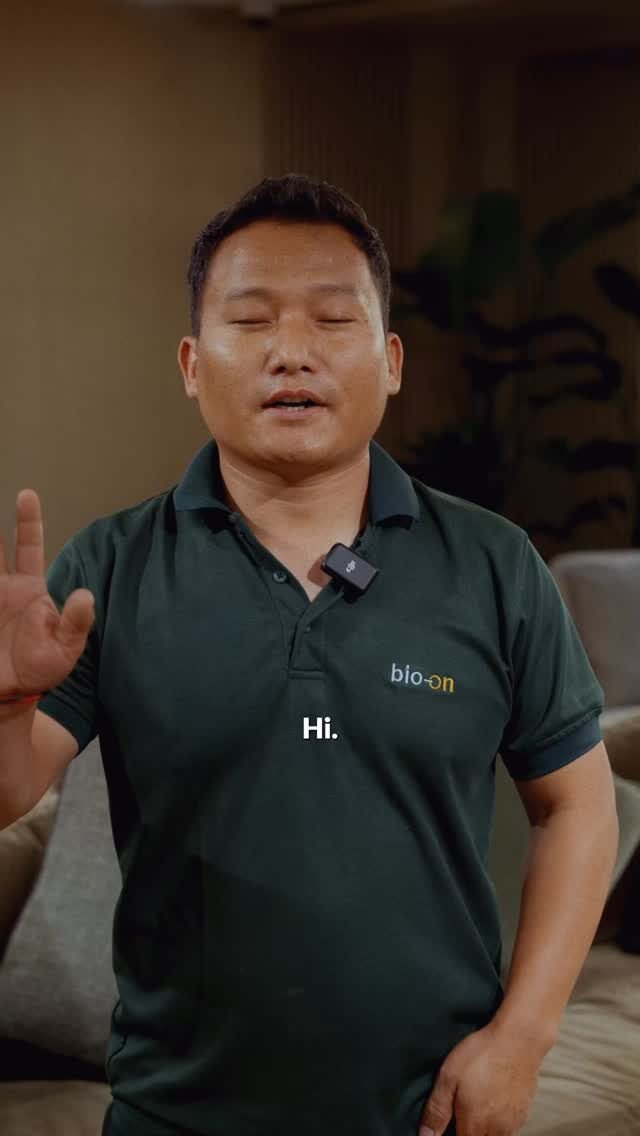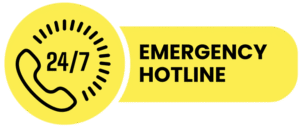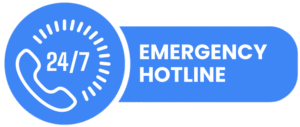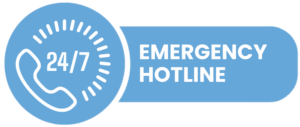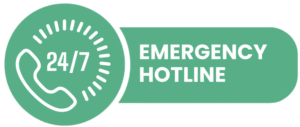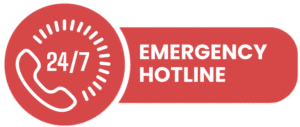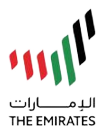Hey there! We’re diving into the crucial topic of mold removal in Ras al Khaimah today. Tackling this issue head-on is not just about maintaining the aesthetics of your space but also about safeguarding your health. Mold can be a silent but dangerous presence, often overlooked until it causes significant damage or health problems. Understanding the importance of effective mold removal and prevention strategies is key to creating a safe and comfortable environment. Let’s explore five expert solutions that can help you win the battle against mold.
Table of Contents
Toggle#1 Understanding Mold: The Basics
Mold, a type of fungus that includes many different species, thrives in warm, damp, and humid conditions. It reproduces through tiny spores that travel through the air, invisible to the naked eye. When these spores land on a moist surface, they begin to grow, digesting whatever they land on to survive. This can lead to significant damage to your property, as mold can eat away at materials like wood, ceiling tiles, wallpaper, paints, carpet, sheet rock, and insulation. The presence of mold is not just a threat to your home’s structural integrity but also to your health.
Exposure to mold can cause a variety of health issues, especially for those with respiratory conditions, allergies, or compromised immune systems. Symptoms of mold exposure can include nasal stuffiness, throat irritation, coughing or wheezing, eye irritation, or, in some cases, skin irritation. People with mold allergies may have more severe reactions, and immune-compromised individuals can get serious lung infections if they get exposed to mold. Therefore, it’s vital to address mold issues as soon as they are detected to protect your health and property.
Mold growth can occur in any area that has experienced moisture, especially if the moisture remains unaddressed for a period of time. Common sources of moisture that can lead to mold growth include leaks in roofs, windows, or pipes, or areas with high humidity such as bathrooms, kitchens, and laundry rooms. Poor ventilation contributes to higher humidity levels and increases the risk of mold growth. To prevent mold, it is crucial to keep humidity levels in your home below 60 percent, ensure proper ventilation in high-moisture areas, and immediately repair any leaks.
Despite these preventative measures, mold can sometimes grow undetected within walls or under floors. If you notice a musty smell, see visible signs of mold growth, or experience health symptoms associated with mold exposure without a clear cause, it might be time to inspect your home for mold. Identifying mold early can make the removal process simpler and less costly.
In tackling mold, it’s essential to understand that not all molds are the same. Some molds, like Stachybotrys chartarum, commonly known as black mold, can produce toxins that are particularly harmful to humans and pets. Identifying the type of mold you are dealing with can guide the best approach for removal and remediation.
For homeowners, recognizing the basics of mold — its causes, ideal growth conditions, and health implications — is the first step towards effective management and prevention. Armed with this knowledge, you can create a safer, healthier living environment, free from the dangers of unchecked mold growth.
#2 Early Detection: Signs You Shouldn’t Ignore
Early detection of mold is crucial for mitigating its impact on your home and health. Recognizing the signs of mold presence can help you address the issue before it escalates into a more significant problem. One of the most common indicators of mold is a musty odor, which is often the first sign of hidden mold growth. This smell is distinctive and can guide you to areas that may be prone to moisture accumulation and require further inspection.
Visible signs of mold include dark spots or patches on walls, ceilings, or floors, which can range in color from black to green, white, or orange, depending on the mold type. Mold can grow in any area that has been exposed to moisture, so it’s important to inspect places around leaks, areas with condensation, or where water damage has previously occurred. Wallpaper or paint peeling off walls, warping floors, and excessive humidity in rooms are also telltale signs of potential mold growth.
Health symptoms related to mold exposure are another critical indicator. If you or your family members experience sudden allergic reactions, respiratory problems, or other health issues without an apparent cause, it could be due to mold spores in your environment. These symptoms can include sneezing, coughing, sore throats, itchy eyes, and skin rashes. Paying attention to when and where these symptoms occur can help pinpoint areas in your home that might be affected by mold.
DIY inspection tips include using a flashlight to check for mold in dark, hard-to-reach places, and employing a moisture meter to detect high humidity levels within walls or floors. However, it’s essential to be cautious during these inspections to avoid disturbing mold colonies and releasing a large number of spores into the air.
If you suspect mold in your HVAC system, it’s crucial to halt its use immediately to prevent the spread of mold spores throughout your home. Checking for condensation around air conditioning units or any signs of water damage inside ductwork can reveal hidden mold issues within these systems.
Prompt action upon detecting these signs can dramatically reduce the complexity and cost of mold remediation. Early detection allows for simpler, more natural removal methods and prevents the spread of mold to other parts of your home. Ignoring these signs, however, can lead to extensive property damage and severe health risks, making mold remediation a more complicated and costly endeavor.
Recognizing the early signs of mold is not just about maintaining the aesthetic appeal of your home but also about protecting its structural integrity and the health of its inhabitants. By staying vigilant and acting swiftly at the first sign of mold, you can ensure a safe, healthy living environment free from the harmful effects of mold growth.
#3 Natural Solutions: Eco-Friendly Ways to Fight Mold
In the quest for mold remediation, eco-friendly solutions are not just a trend but a necessity for those seeking to maintain their homes’ safety and environmental integrity. Utilizing natural methods for mold cleanup can be effective, especially in early stages of mold growth, and serves as a preventative measure to avoid harsh chemicals. Here, we delve into several natural solutions that have been proven to combat mold effectively.
Firstly, vinegar, a mild acid, stands out as a powerful, non-toxic mold killer. Its effectiveness against mold is due to its ability to penetrate porous surfaces and kill mold at the root. For use, simply fill a spray bottle with white distilled vinegar, spray it directly on the affected areas, and let it sit for an hour before wiping clean with water. This method is ideal for surfaces like walls and tiles. Vinegar can kill up to 82% of mold species, making it a versatile solution for most home mold problems.
Baking soda, another household staple, offers a gentle yet effective means of mold removal. Its mild alkaline nature allows it to kill mold without harming your family or pets. To use baking soda, dissolve a teaspoon of it into a spray bottle of water, shake well, and spray onto the moldy area. After scrubbing the mold away with a brush, reapply the solution and let it dry to prevent future mold growth. This method is particularly useful for soft surfaces where vinegar’s acidity might cause damage.
Tea tree oil, though more expensive than vinegar or baking soda, is a potent mold remover due to its antifungal and antibacterial properties. A small amount goes a long way; mix one teaspoon of tea tree oil with one cup of water in a spray bottle to treat the moldy area. Do not rinse, as the solution continues to inhibit mold growth long after application. Its strong odor diminishes as it dries, leaving behind a sanitized surface free from mold.
Grapefruit seed extract, similar to tea tree oil in its effectiveness, offers a less odorous alternative for those sensitive to strong scents. The extract’s citric acid acts as a natural mold inhibitor. Mixing ten drops of grapefruit seed extract with one cup of water in a spray bottle creates a powerful solution. Spray it onto the moldy surface, allowing it to air dry for maximum effectiveness. This method is especially suitable for use in environments where odors or chemical sensitivities are a concern.
Preventative measures are crucial in keeping mold at bay naturally. Ensuring adequate ventilation, using dehumidifiers in humid areas, and fixing leaks promptly can significantly reduce the likelihood of mold growth. Additionally, regularly cleaning and drying surfaces prone to moisture can prevent mold spores from taking root.
These eco-friendly approaches to mold removal not only protect the environment but also safeguard the health of your home’s inhabitants by avoiding the use of harsh chemicals. By incorporating these natural solutions into your cleaning regimen, you can effectively manage and prevent mold growth, creating a healthier living space for you and your family.
#4 Professional Intervention:
When mold infestation goes beyond a minor issue to a major one, professional intervention becomes not just necessary, but essential. This point of action is crucial in cases where mold covers large areas, is located in hard-to-reach spaces, or has caused significant damage to the structural integrity of a building. Here, we outline the scenarios necessitating professional mold remediation and what one can expect from such services.
Professional mold removal services should be considered when mold is extensively spread over more than 10 square feet. This extent of mold growth often indicates an underlying moisture problem that needs to be addressed to prevent future infestations. Professionals are equipped with the tools and knowledge to not only remove existing mold but also to identify and rectify the source of moisture, ensuring a long-term solution.
Another scenario demanding expert attention is when mold grows in HVAC systems. This situation is particularly problematic as it can spread spores throughout the entire building, affecting indoor air quality and potentially impacting the health of all inhabitants. Professionals utilize specialized equipment to clean and decontaminate the HVAC system, preventing the recirculation of mold spores.
In cases of severe water damage, such as flooding or leaks that have been left unattended for a long period, mold growth is likely to be extensive and potentially hidden within walls, under floors, or in other inaccessible areas. Professional remediation teams are skilled in locating hidden mold with minimal disruption to the structure, employing moisture meters, infrared cameras, and other advanced diagnostic tools.
What to expect from a professional mold remediation process involves a series of steps designed to thoroughly address mold issues. Initially, a thorough inspection and assessment will be conducted to determine the extent of the mold problem and develop a remediation plan. This is followed by containment procedures to prevent the spread of mold spores during the cleanup process. The use of air filtration devices, such as HEPA filters, helps to capture airborne mold spores.
The core of the remediation process involves mold removal and affected material disposal. Professionals use antimicrobial and antifungal treatments to eradicate mold colonies from surfaces and sanitize the area. Infested materials that cannot be cleaned, such as portions of drywall or insulation, will be removed and properly disposed of.
After mold removal, the area undergoes drying and dehumidification to eliminate any remaining moisture, preventing future mold growth. A final inspection ensures that the remediation has been successful, and some services offer post-remediation testing to confirm that mold levels have returned to safe levels.
Engaging professional mold remediation services offers peace of mind that the mold issue is comprehensively addressed, from removal to preventative measures against future growth. Their expertise not only ensures the health and safety of building occupants but also contributes to the maintenance and longevity of the property itself.
#5 Innovative Technologies in Mold Remediation
Innovative technologies in mold remediation are revolutionizing the way professionals tackle mold removal, making the process more efficient, effective, and less intrusive than traditional methods. These advancements not only enhance the mold remediation process but also ensure that mold is thoroughly eradicated, reducing the chances of recurrence. Below, we explore some of the cutting-edge technologies and methods currently being employed in the industry.
One significant innovation is the use of thermal imaging cameras. These devices allow professionals to detect moisture within walls, ceilings, and floors without the need for physical intrusion. By identifying the source of moisture that contributes to mold growth, remediation efforts can be more precisely targeted, ensuring that the underlying cause of the mold is addressed.
Another advanced technology is dry ice blasting. This method involves propelling dry ice pellets at high speeds to clean surfaces. When the pellets hit the moldy surface, they sublimate (turn directly from solid to gas), lifting mold off the surface without the use of water or chemicals. This method is highly effective for removing mold from wood and cement without damaging the substrate, making it ideal for preserving historical buildings or sensitive areas.
Hydroxyl generators represent a leap forward in deodorizing and sanitizing spaces affected by mold. These machines produce hydroxyl radicals, highly reactive molecules that neutralize odors and kill bacteria, viruses, and mold spores in the air and on surfaces. Safe for use in occupied spaces, hydroxyl generators allow remediation to occur without requiring residents to vacate their homes.
The use of eco-friendly antimicrobial coatings is another innovative approach to preventing mold growth. After cleaning and sanitizing the affected area, professionals can apply these coatings to surfaces to inhibit the growth of mold, bacteria, and other microorganisms. These coatings provide a long-term protective barrier that is non-toxic and safe for indoor environments, offering an additional layer of defense against future mold problems.
Finally, ultraviolet (UV) light technology is being used for its germicidal properties to sterilize areas affected by mold. UV light can kill mold spores and bacteria on surfaces and in the air, making it an effective supplement to traditional cleaning and remediation methods. Portable UV light units can be placed in rooms to sterilize air and surfaces, providing a chemical-free way to ensure a thoroughly clean environment.
These innovative technologies are reshaping the mold remediation landscape, offering more sophisticated solutions to mold problems. By leveraging these advancements, professionals can provide more accurate, efficient, and effective mold removal services, ensuring that homes and buildings are not only mold-free but also protected against future infestations. This progress not only benefits those directly affected by mold but also represents a broader shift towards safer, more sustainable environmental health practices.
Why Bio On is Your Go-To Solution for Mold Removal Ras al Khaimah
Bio On stands as the premier solution for mold problems, leveraging advanced technology and expert knowledge to address mold at its source effectively. With a commitment to eco-friendly practices, Bio On employs innovative remediation techniques, ensuring not just the removal but also the prevention of mold. The use of non-toxic, sustainable methods guarantees the safety of both the environment and the inhabitants of treated spaces. Offering comprehensive assessments, tailored solutions, and a focus on long-term prevention, Bio On sets itself apart. Clients are encouraged to take advantage of the free 24/7 consultation service, a testament to Bio On’s dedication to customer care and its promise to restore healthy living environments.
Conclusion
In conclusion, tackling mold requires a multifaceted approach, from early detection and eco-friendly cleaning solutions to professional remediation and innovative technologies. Understanding and addressing the root causes of mold growth are essential for creating a safe, healthy living environment. For those facing mold challenges, Bio On offers expert services, combining advanced techniques with a commitment to environmental responsibility. Those in need of guidance or mold remediation services are encouraged to reach out to Bio On’s team through the WhatsApp consultation button for a free consultation. Trust in Bio On to restore and protect your space from the hazards of mold.







